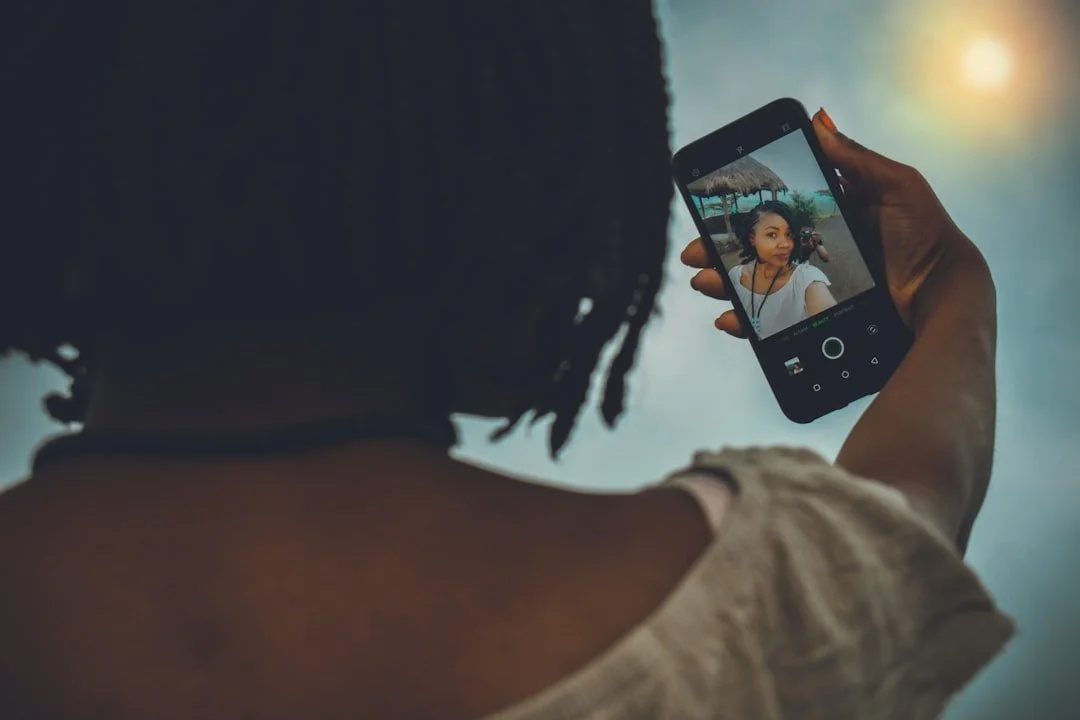The Internet Isn’t Real Life
Unpacking the blurred line between real life and content creation
The internet isn’t a real space, and I’m concerned with how many people believe that it is.
I have two kids (5 & 9), and many of their peers watch YouTube instead of traditional TV shows. One of the many problems I have with them watching YouTube, as opposed to the kinds of shows we watched as kids, is that YouTube videos are shot in a way that hides production. It’s easy, especially for children, to watch Ryan’s World, Nastya, or Ninja Kids and think they’re watching a “regular” family filming home videos. Children don’t realize there’s an entire production crew creating the scenes, writing lines, and editing the videos to make things appear far more sensational than they actually are. We’ve had to talk with both of our kids and explain that toy and clothing hauls aren’t something regular people are doing in real life. These families are filming commercials, getting paid to sell things, and encouraging real families to spend real money.
I had my own version of this growing up. I can’t tell you how many times I saw a commercial for a Barbie or an art kit, begged to get it for Christmas or my birthday, only to be disappointed when I opened the box and realized everything was cheap, plastic, and nothing like the cool commercial that influenced me.
I have a growing concern that many adults aren’t recognizing that, just like YouTube and those color-changing Barbie commercials, social media is a produced marketplace too.
The idea of considering myself an influencer makes me cringe, but I have to admit that on some level, it’s true. I’m an influencer within the social work profession. I didn’t set out to become one, but over time, as I engaged with other social workers across various social media platforms, I built an audience of peers who enjoy discussing issues related to our profession.
Recently, a colleague and fellow social work influencer recalled a conversation we had in the early days of our platform's growth. The two of us had a public disagreement, with back and forth across a public platform. In a private message, I explained that the issue we were debating wasn’t that deep, but I reminded him that we both had thousands of followers watching us. We had a responsibility to consider how our disagreement was being perceived and understood by the larger audience. We both had to recognize and accept the responsibility that came with having an audience and practice caution in how we engaged with one another and expressed our opinions. I mention all of this to say: many of the people you see on social media are engaging with one another offline and developing synchronized, controlled content for their audiences.

